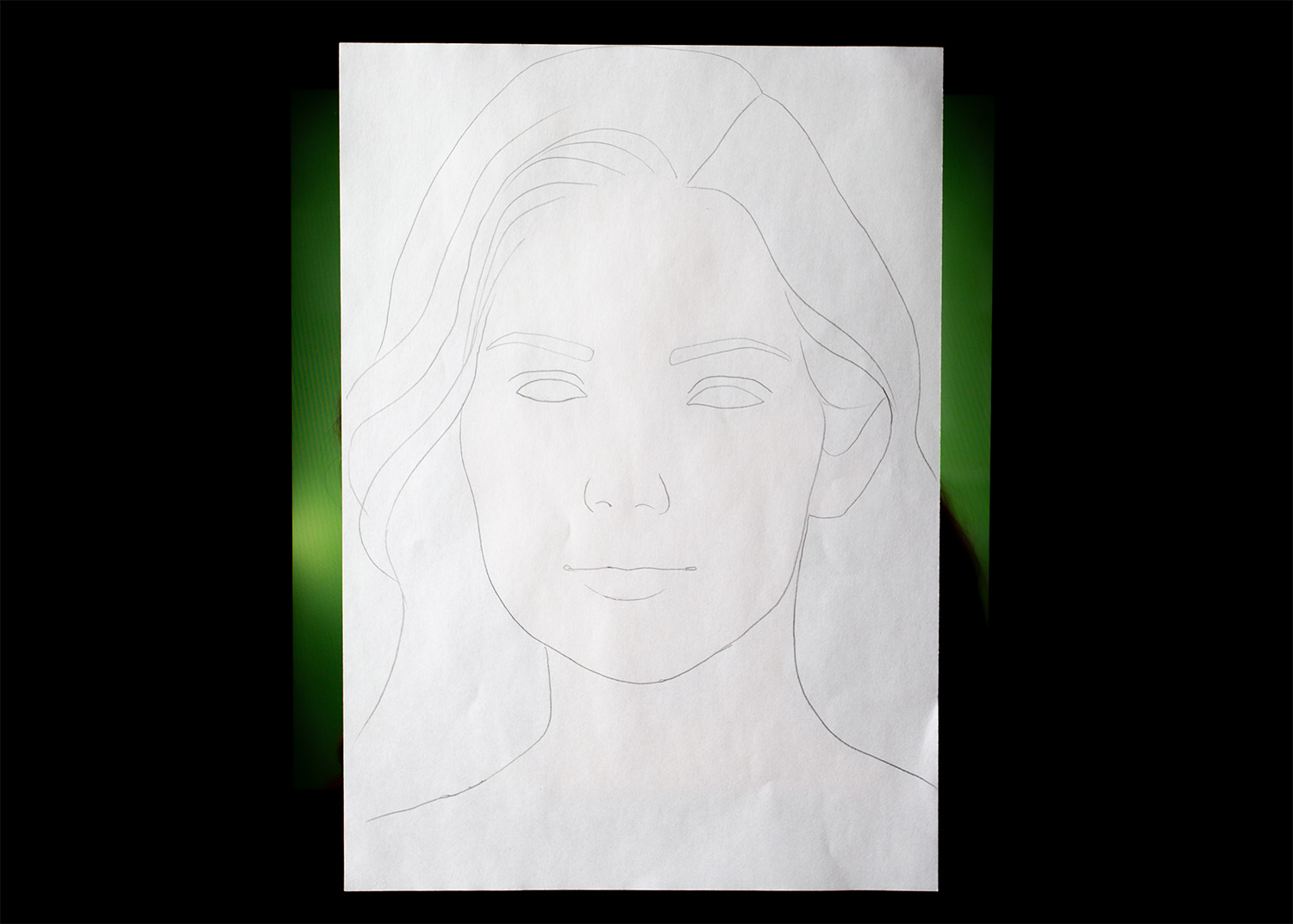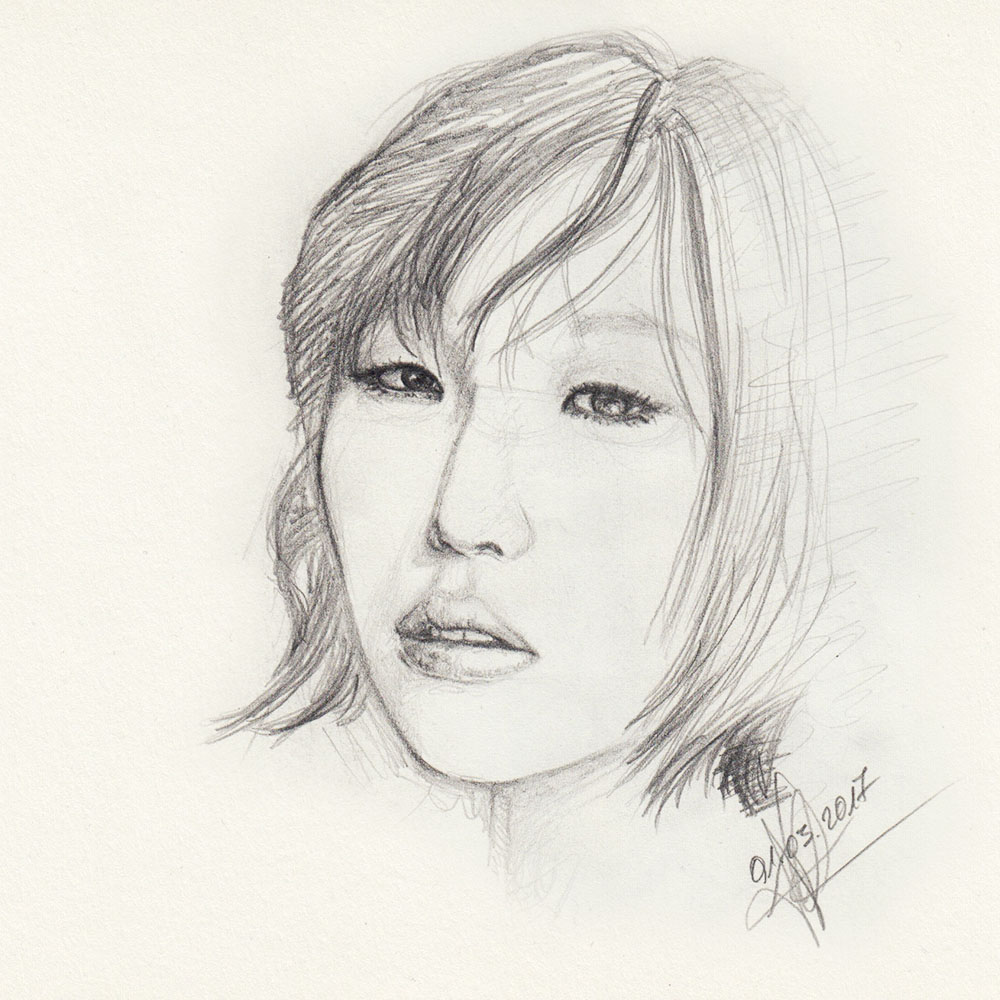
Tracing and Its Drawbacks
Why It Harms More Than It Helps in the Long Run
Immediate success at first glance: You find a template or an existing artwork, trace it, and it seems like the hardest part of drawing is done. Unfortunately, tracing is not a method that truly helps us, as it skips one of the most important steps in learning to draw. In this article, we will explore the drawbacks of tracing to understand why it ultimately harms more than it helps.
What is Tracing?
Tracing is a technique where you place a template (whether it’s a picture, a photograph, or an existing artwork) under a blank sheet of paper and trace the outlines or lines of the subject. This is typically done by following the contours with a pencil or another drawing tool.
The goal of tracing is to reproduce the original image as accurately as possible to achieve a seemingly perfect result without having to tackle the difficulties of actual drawing.
At first glance, it may seem extremely tempting as it appears to be a quick and easy way to produce impressive results. However, tracing is not an effective method for learning and improving fundamental drawing skills.

Photo by charlesdeluvio on Unsplash
Why is Tracing the Wrong Approach for Learning to Draw?
In principle, tracing is not a reprehensible practice, especially if you do it for yourself and enjoy it. For young children, tracing can be an entertaining activity as it doesn’t require special drawing skills.
However, it is important to understand that tracing does not support you in learning the actual skill of drawing in the long term.
Inadequate Skill Development
Drawing requires a variety of skills, such as precise observation, understanding of perspective, correct proportions, compositions, shading, and more.
Tracing does not allow for the development of these skills. Instead, you are trained to trace existing lines rather than capturing and reproducing them independently.
Lack of Creativity and Originality
Tracing limits your creative expression as you are merely copying what someone else has already created. This results in a work that lacks your individual interpretation and the opportunity to develop your own style. The result is a piece that is not original and contains no personal touch from you.
Missed Opportunity to Learn from Mistakes
Tracing misses the chance to make mistakes and learn from them. But this is a very important aspect of learning to draw. If you make mistakes, it may seem frustrating at first, but by examining what went wrong, you can work on doing it better next time.
With tracing, you don’t make real mistakes since you are not drawing the subject yourself, but merely tracing finished lines.
Risk of Growing Frustration
A common argument in favor of tracing is that it saves you from a lot of frustration in drawing. However, this advice is dangerous as it avoids challenges in drawing from which you could actually learn a lot.
Moreover, frustration will return when you attempt to draw a picture without tracing. If the drawing doesn’t look as good as the traced works, it can become even more frustrating, as you might feel you’ve gotten worse at drawing.
Dependence on Templates
A very obvious disadvantage of constant tracing is developing a dependence on other images or works, as you don’t learn to bring your creative visions and ideas to paper on your own. This can even lead to not drawing at all if you can’t find suitable subjects to trace.
Violation of Intellectual Property
It can become not only embarrassing but also problematic if you share traced works publicly and they are then revealed as copies of someone else’s work. This can even lead to copyright issues, as a traced image being classified as a plagiarism could mean a violation of another artist’s intellectual property.
Drawing Without Tracing

Every beginning is difficult, and it is perfectly okay if you don’t draw perfect masterpieces right away. Drawing is a craft that anyone can learn with a lot of practice and patience.
Here are some ways to improve your drawing skills:
- Drawing Sketches: Sketching teaches you how to capture complex shapes, shadows, and structures in a simple form. Sketches are the foundation of (almost) every artwork and are therefore one of the most important skills to master as an artist or hobby artist.
- Using Templates: Instead of placing the template under your paper like tracing, position it so you can comfortably look from the template to your paper without moving your head. Whether your template is a photo or you’re observing a live object, you train your eye to translate what you see onto your paper and can adapt it to your ideas.
- Regular Practice: There are various drawing exercises that specifically train skills such as proportions, perspective, or shading. By practicing and drawing regularly, you improve these skills, so keep at it and learn from your mistakes.